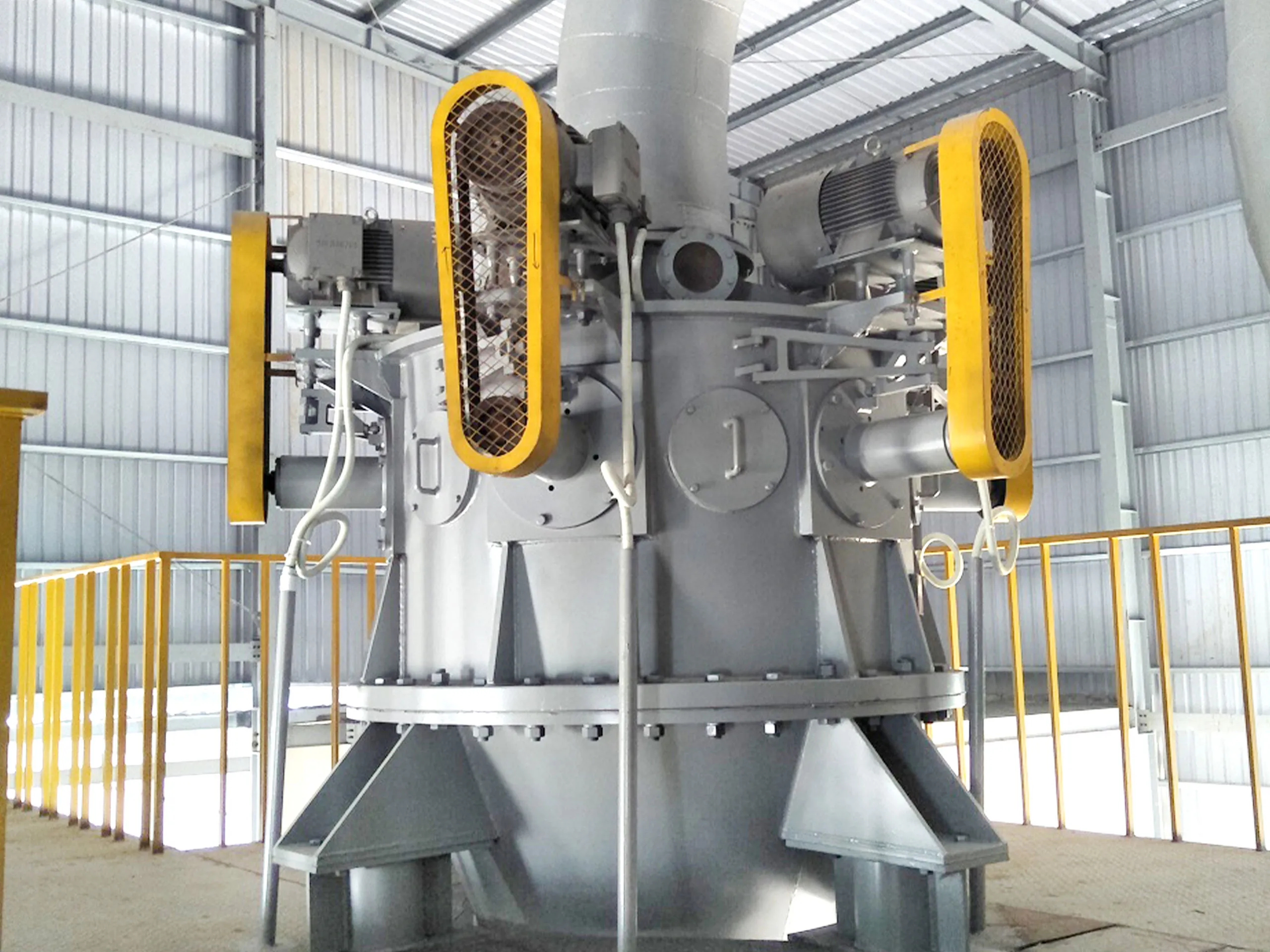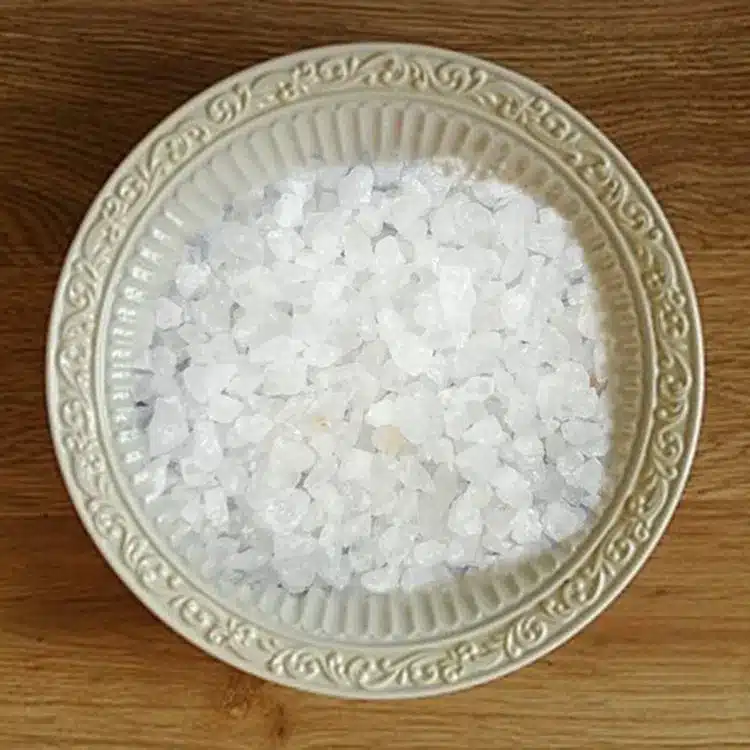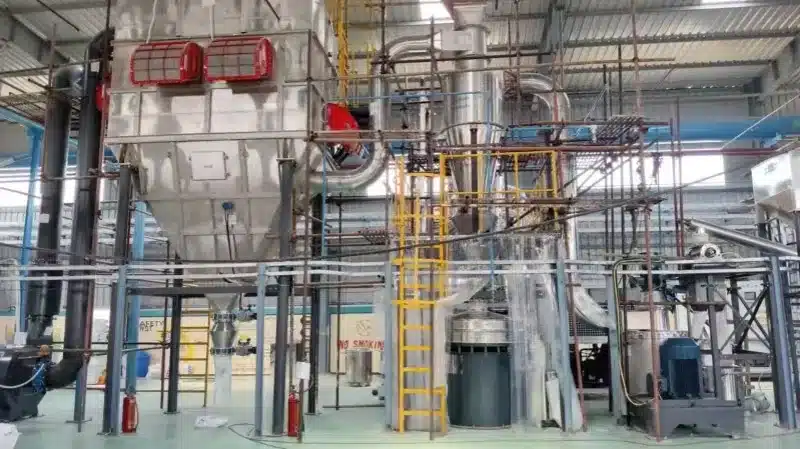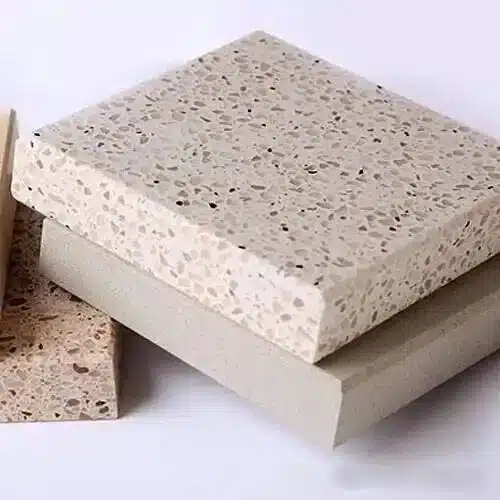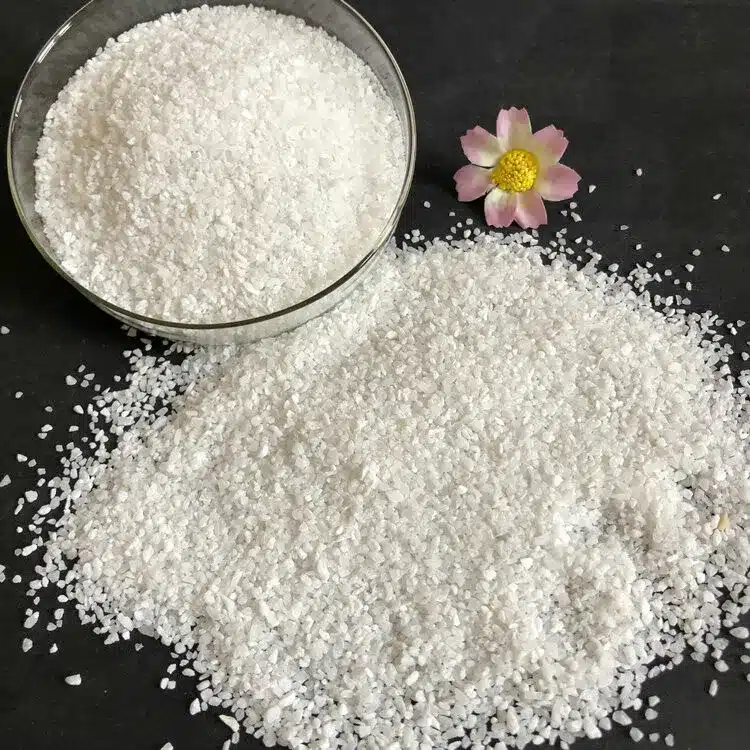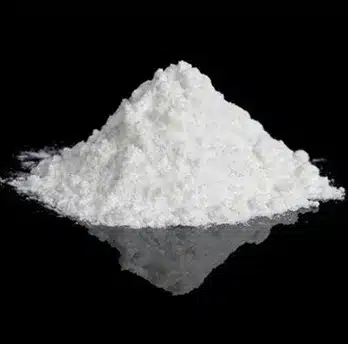— The Widespread Application Value of High-Efficiency, Energy-Saving Modified Bentonite
The steel industry is a major consumer of energy and a significant emitter of atmospheric pollutants, making it a key focus for energy conservation and emission reduction efforts. Faced with increasing constraints on resources and the environment, green development has become the only viable path for steel industry. As a typical process manufacturing sector, The steel production will continue to rely on blast furnace processes for a considerable period. Therefore, exploring process innovations—such as replacing sintering with pelletizing to optimize blast furnace burden structures—holds great significance for further reducing energy consumption, cutting greenhouse gas and pollutant emissions, and advancing green manufacturing. Bentonite products for metallurgical pelletizing include sodium-based bentonite, composite bentonite, and modified pelletizing bentonite, among others. These products exhibit excellent binding properties, uniform pellet formation, and high pelletizing efficiency, making them suitable for various types of iron ore concentrates. Currently, the most widely used in production is modified pelletizing bentonite, which combines bentonite with organic binders. This modified bentonite can reduce binder dosage while maximizing pellet quality, making it the most effective approach to improving the iron grade of pellet ore at present.
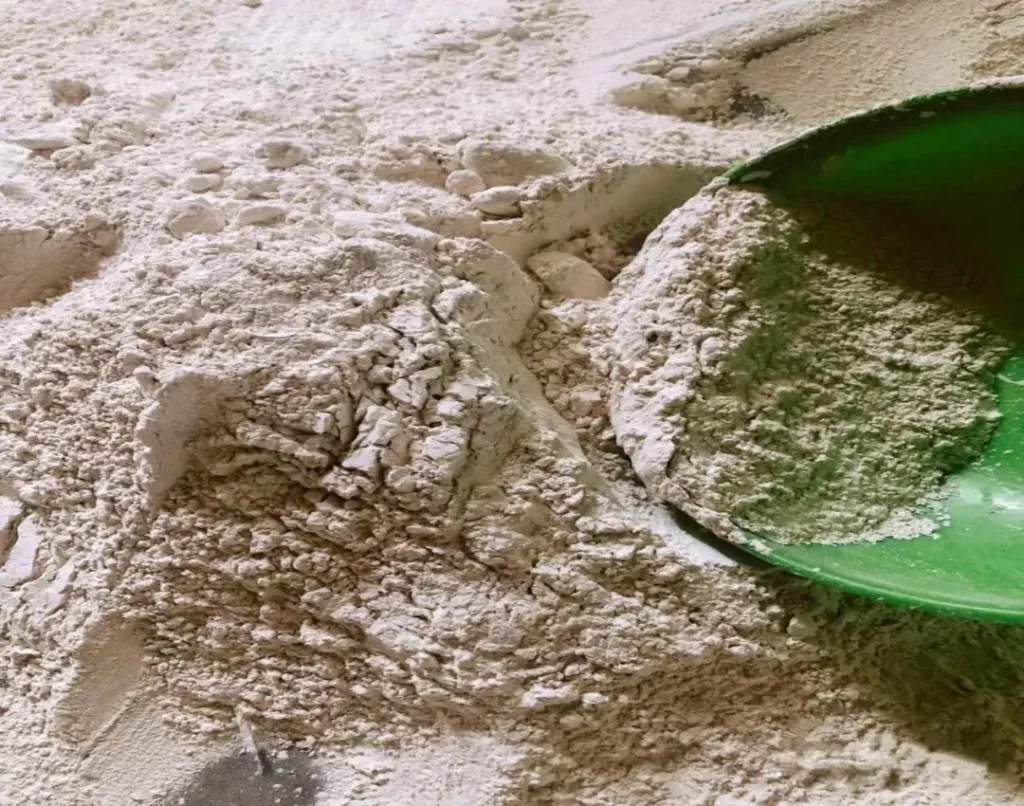
The Role of Bentonite in Iron Ore Pelletizing
Pelletizing iron ore concentrate requires water and binders, with bentonite being the most common and widely used binder globally. Bentonite possesses three key characteristics: wettability (high water absorption), expansibility (significant swelling capacity), and colloidal properties (strong binding effects). These properties enable bentonite to perform three critical functions in pelletizing:
1. Enhancing the Strength of Green, Dry, and Finished Pellets
Bentonite’s high specific surface area and dispersibility allow it to tightly bind iron concentrate particles during pelletizing, drying, and roasting, reducing inter-particle distances and improving strength.
2. Increasing the Thermal Shock Resistance of Green Pellets
Bentonite slows water evaporation during drying while rapidly enhancing the strength of dry pellets, thereby significantly improving the thermal shock resistance of green pellets. However, the extent of improvement varies depending on the quality of bentonite and the type of iron concentrate used.
3. Suppressing Reduction Swelling and Low-Temperature Degradation of Finished Pellets
Pellets made from iron concentrate and bentonite typically exhibit 1%–2% lower porosity and higher strength, which slightly reduces reducibility but helps mitigate reduction swelling and low-temperature degradation.
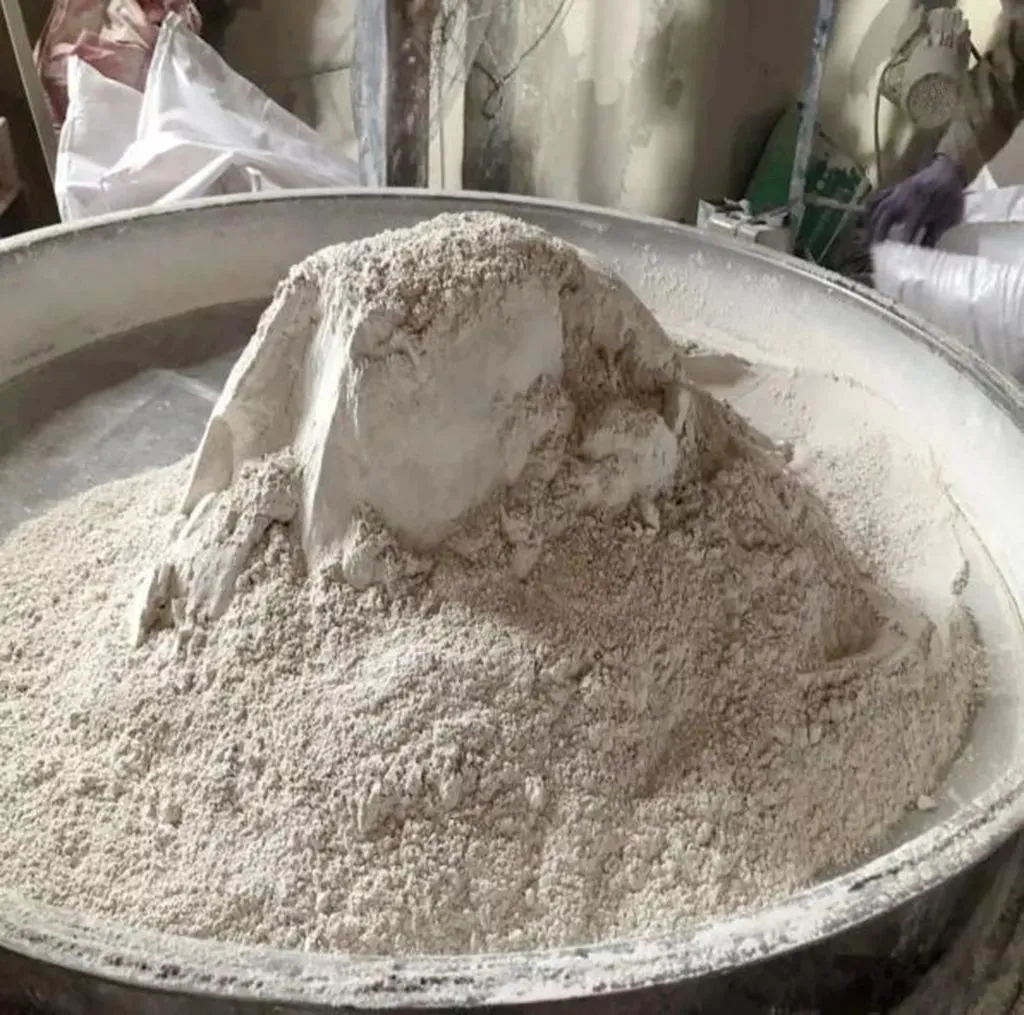
Negative Impacts of Bentonite on Pellet Quality
The primary chemical components of bentonite are SiO₂ and Al₂O₃. Statistical analysis of 24 bentonite samples from nine provinces in China shows average SiO₂ content of 62.39% (69.64% after deducting loss on ignition) and Al₂O₃ content of 16.55% (18.475% after deduction). Since blast furnace ironmaking aims for high-grade, low-slag iron-bearing materials, pellet producers strive to minimize bentonite usage. The adverse effects of bentonite on pellet quality include:
1. Reducing the Iron Grade of Finished Pellets
Adding 1% bentonite reduces the iron grade by approximately 0.6%. For example, when producing pellets from 64%–68% iron concentrate, each 1% increase in bentonite dosage decreases the iron grade by 0.62%–0.66%.
2. Increasing SiO₂ and Al₂O₃ Content in Finished Pellets
Each 1% addition of bentonite raises SiO₂ content by ~0.7% and Al₂O₃ content by ~0.185%, degrading pellet quality and impairing metallurgical performance in blast furnaces.
3. Diminishing Economic Value of Finished Pellets
With China’s average bentonite dosage at ~2.0%, pellets made from 66% iron concentrate experience a 1.28% drop in iron grade, a 1.39% increase in SiO₂, and a 0.37% rise in Al₂O₃.
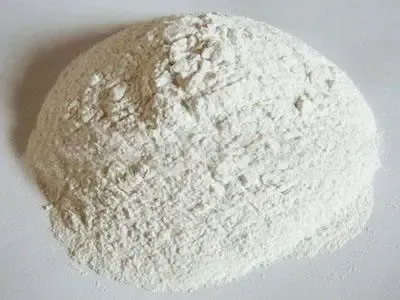
Practical Application Analysis of Modified Bentonite
By carefully selecting high-quality bentonite raw materials and processing them through wet extrusion sodium activation, drying, modification, and lubricated milling, a variety of new auxiliary materials have been developed. These materials are mainly used for the following purposes: improving the reducibility of iron ore pellets, enhancing the strength of green pellets, and acting as anti-explosive agents to increase thermal stability and the bursting temperature during drying, serving as thickeners to improve pellet strength and pelletizing rate, increase microporosity in the pellets, enhance reducibility, and reinforce the oxidizing atmosphere of the fuel, acting as oxygen-enriching agents to boost fuel reactivity, raise the oxidation atmosphere in the roasting zone, increase the reduction-softening temperature of pellets, and shorten the roasting time.
Functioning as fluxing agents to optimize the microstructure of pellets, control the generation of glassy phases, and suppress undesirable lattice transformations, abnormal reduction expansion, and reduction hysteresis; acting as dispersants to regulate moisture in raw materials, ensure uniform pellet formation, enable combination with sodium-based bentonite for pelletizing, and prevent adhesion of green pellets during transportation; and stabilizing the modified bentonite’s components while inhibiting high-temperature decomposition and crystallization of Fe₂O₃ in pellets, thereby increasing output and reducing energy consumption.
Save bentonite usage
When mixed with bentonite in specific proportions, these specialized additives can significantly reduce the amount of bentonite needed. Practical results show that with modified bentonite added at a ratio of 1.2–1.6%, the same performance can be achieved as using conventional sodium-based bentonite at 2.5–3.5%. The addition of modified bentonite can clearly improve the green pellet strength, enhance thermal stability, lower bentonite dosage, reduce the return fines rate, and increase the iron grade of fired pellets. Based on current pelletizing processes and production flows, replacing traditional sodium-based bentonite with modified bentonite reduces the bentonite dosage from approximately 3.2% to below 1.8%, yielding significant overall benefits. A detailed analysis of the specific economic benefits is presented in Table 1.
| Table 1 Comparison Between Modified Bentonite Binder and Traditional Sodium-Based Bentonite | ||
| Evaluation Metric | Traditional Sodium-Based Bentonite | Modified Bentonite Binder |
| Dosage (%) | 3.2 | 1.8 |
| Consumption (kg/ton pellets) | 3.3 | 1.9 |
| Yield Improvement (%) | – | 4–6 |
| Wet Return Reduction (%) | – | 3–4 |
| Dry Return Reduction (%) | – | 1–2 |
| Processing Cost Reduction (%) | – | 3 |
| Iron Grade Increase in Pellets | – | ~0.77 grade points |
| Economic Benefit from Grade Increase (CNY/ton pellets) | 0 | 13.09 |
| Ex-Tax Market Price (CNY/ton) | 327 | 720 |
| Cost per Ton Pellets (CNY/ton pellets) | 10.79 | 13.68 |
| Comprehensive Economic Benefit (CNY/ton pellets) | 0 | 10.2 |
According to the predicted results based on the amount of modified bentonite binder added and the performance indicators of the finished pellets, replacing the original sodium-based bentonite with modified bentonite can reduce the bentonite ratio from the current 3.2% to below approximately 1.8%. This adjustment can result in comprehensive economic benefits of about 10.5 yuan per ton of pellets (10.2 yuan + 0.3 yuan). Based on a full-capacity annual output of 2.4 million tons of pellets, this could save the company approximately 25.2 million yuan, delivering significant economic and ecological benefits.
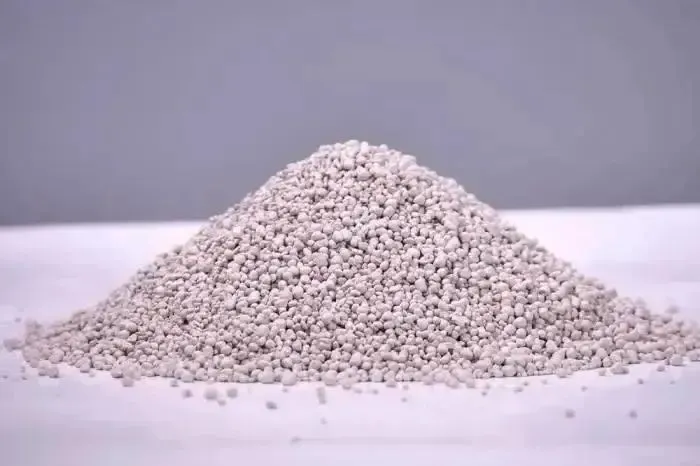
Advantages of Modified Bentonite Binders
1. Improves dispersibility, thermal stability, and nucleation rate.
2. Enhances green pellet strength and thermal shock resistance.
3. Reduces bentonite dosage by 50%–75%, increasing iron grade and lowering SiO₂ content.
4. Shortens high-temperature roasting time, boosting output and cutting energy use.
5. Supports China’s green and high-quality steel development strategy under the 19th National Congress guidelines.
Epic Powder Machinery – Your Advanced Powder Processing Partner
Epic Powder Machinery is a leading manufacturer specializing in high-efficiency powder processing equipment for mining, chemicals, and building materials industries. With 20+ years of expertise, our patented intelligent powder modification systems deliver 30% higher production efficiency while reducing energy consumption by 15%, helping global clients maximize profitability.

